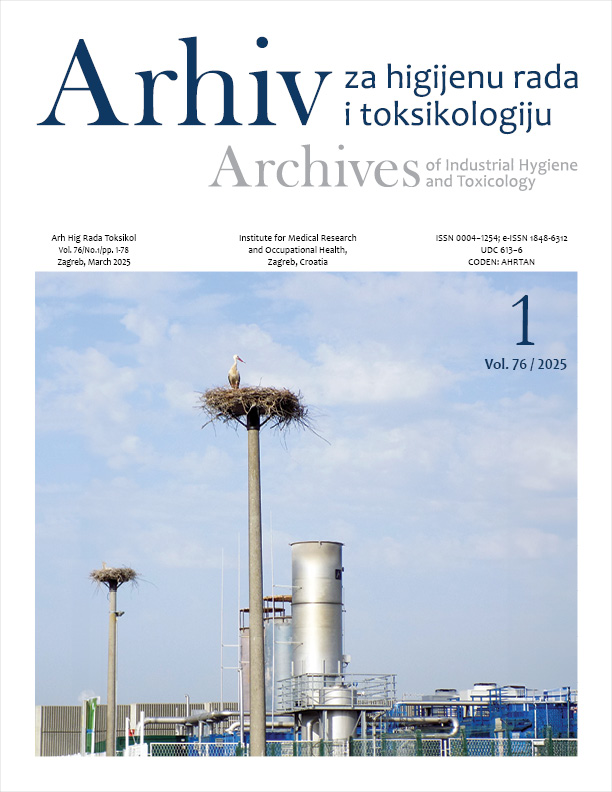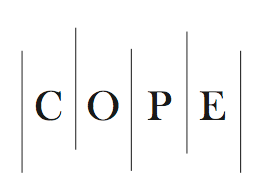From wetlands to landfills: white stork (Ciconia ciconia L., 1758) as a reliable bioindicator of ecosystem health
DOI:
https://doi.org/10.2478/aiht-2025-76-3958Keywords:
ecotoxicological monitoring, environmental pollutant bioaccumulation, non-invasive biomarker techniques, oxidative stress biomarkers, pollutant-induced physiological responsesAbstract
White storks (Ciconia ciconia L., 1758) and their nestlings have emerged as valuable bioindicators of environmental pollution, particularly in ecosystems affected by human activities. This review explores the role of white storks in biomonitoring, focusing on the use of biomarkers and pollutant analysis to understand the physiological consequences of environmental stressors. Key biomarkers, such as oxidative stress markers, immune responses, and hormonal alterations provide insight into the effects of pollutants like heavy metals, pesticides, and other toxic compounds. The biomarkers are typically measured in matrices such as blood, feathers, eggs, and tissues, each offering unique advantages in assessing pollutant exposure. However, ethical concerns regarding wildlife monitoring and the potential harm caused by invasive sampling techniques call for non-invasive methods. Future research should explore novel non-invasive techniques and employ long-term monitoring programmes to understand the cumulative effects of pollution. Despite challenges such as biological variability and environmental factors, white storks remain reliable indicators of ecological change and pollutant burden, providing critical data that can guide pollution management policies, inform conservation strategies, and protect both wildlife and human health from current environmental threats.
Downloads
Published
Issue
Section
License
Copyright (c) 2025 Dora Bjedov, Alma Mikuška, Mirna Velki

This work is licensed under a Creative Commons Attribution 4.0 International License.














